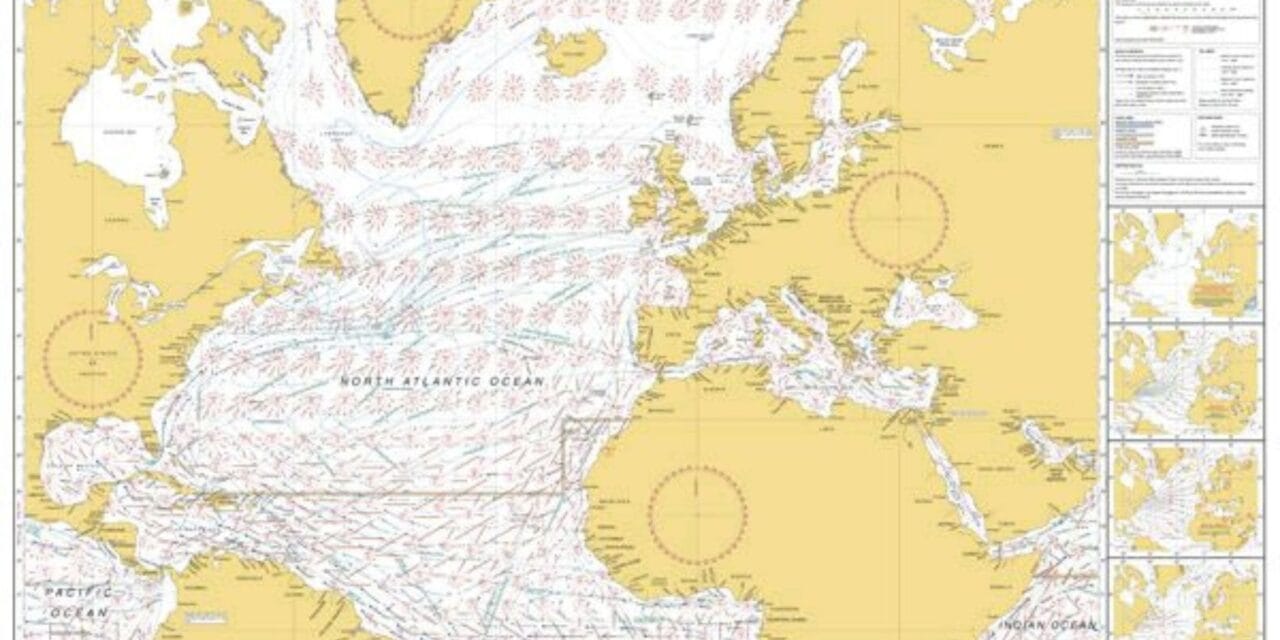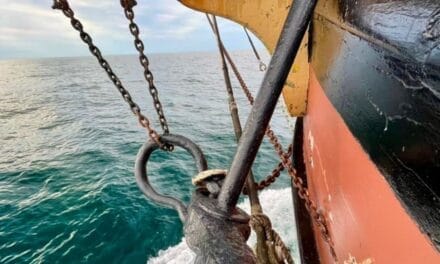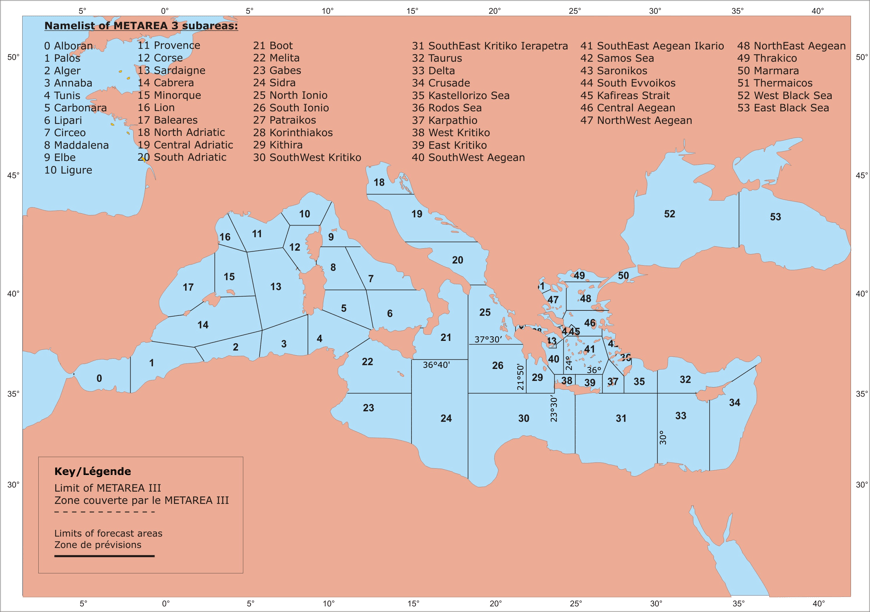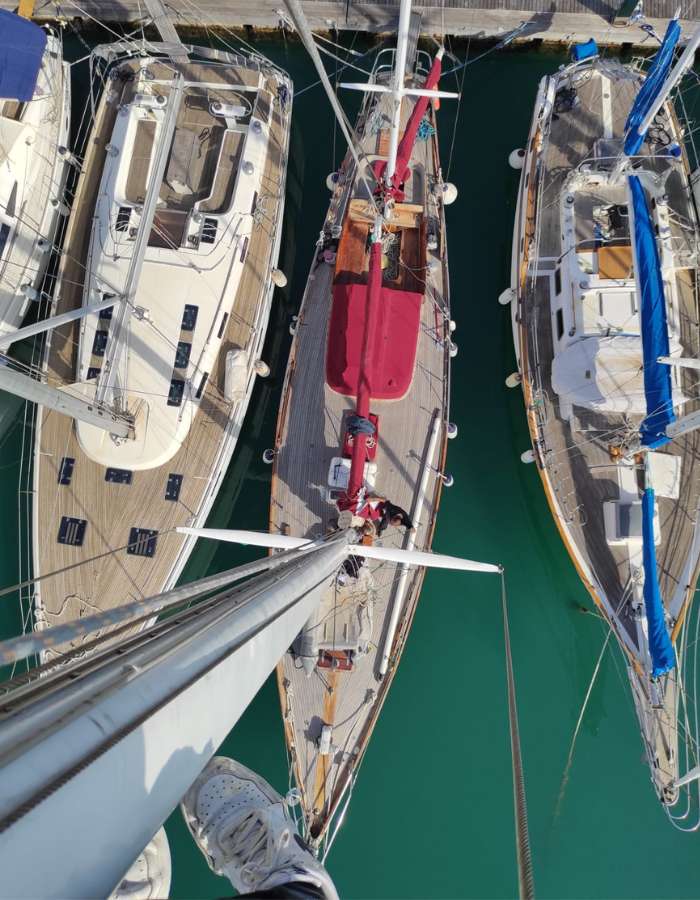Sailing Atlantic from West to East: Routes, Strategies, and Expert Insights
Crossing the Atlantic Ocean from West to East is a remarkable journey that combines adventure with the challenges of navigating vast oceanic distances. This guide provides an in-depth look at the different routes, weather patterns, timing considerations, and expert advice to help sailors plan a successful eastbound Atlantic crossing.
Main Routes for West-to-East Atlantic Crossing
1. Northern Route (Great Circle Route)
- Description: The Northern Route is the shortest distance between North America and Europe, following a great circle path across higher latitudes.
- Starting Points: East Coast of the United States (e.g., Newport, Rhode Island) or Canadian Maritime provinces (e.g., Halifax, Nova Scotia).
- Ending Points: British Isles, France, or Northern Europe.
Characteristics:
- Distance: Approximately 2,800 to 3,000 nautical miles, depending on departure and arrival points.
- Weather Conditions: Variable weather with potential for strong westerly winds, fog, and low-pressure systems.
- Sea Conditions: Can encounter rough seas, especially near the Grand Banks and the North Atlantic’s storm tracks.
Statistics:
- Duration: 15–25 days for a typical cruising yacht.
- Usage: Preferred by experienced sailors and racing yachts seeking the shortest route.
Considerations:
- Optimal departure is late May to early July to take advantage of more stable weather patterns.
- Requires careful planning to avoid strong eastbound currents and adverse weather.
2. Southern Route (Trade Wind Route)
- Description: The Southern Route leverages the prevailing southwest trade winds and is popular among sailors seeking milder conditions.
- Starting Points: Caribbean islands such as Antigua, St. Maarten, or Bermuda after a northerly detour.
- Ending Points: Azores Islands, followed by Europe.
Characteristics:
- Distance: Approximately 3,500 nautical miles when including a stopover in the Azores.
- Weather Conditions: More consistent winds but can include calms near the Azores High.
- Sea Conditions: Generally moderate seas with long swells.
Statistics:
- Duration: 20–30 days, including stops.
- Usage: Popular among cruising sailors who prefer a more leisurely passage.
Considerations:
- Departing in May or June avoids the Caribbean hurricane season.
- Stopping in the Azores provides a rest point and an opportunity for repairs and resupply.
3. Mid-Latitude Route
- Description: A compromise between the Northern and Southern Routes, balancing shorter distance with more favorable weather.
- Starting Points: Bermuda or directly from the U.S. East Coast.
- Ending Points: Azores, then onward to Europe.
Characteristics:
- Distance: Around 3,000 nautical miles to the Azores.
- Weather Conditions: Variable winds with a mix of trade winds and westerlies.
- Sea Conditions: Moderate but can be influenced by Atlantic depressions.
Statistics:
- Duration: 18–25 days to the Azores.
- Usage: Chosen by sailors seeking to avoid the extremes of the Northern Route without the extended distance of the Southern Route.
Considerations:
- Monitoring weather systems is crucial to avoid storms.
- Flexibility in routing allows adjustment based on real-time conditions.
Weather Patterns and Ocean Currents
Westerly Winds
- Prevailing Westerlies: Between 30° and 60° N latitude, westerly winds dominate, aiding eastbound passages.
- Seasonal Variations: Stronger in the winter months; more stable and mild in late spring and early summer.
Ocean Currents
- Gulf Stream: A strong, warm Atlantic ocean current that flows north along the U.S. East Coast before turning eastward.
- Impact: Can provide a speed boost but requires careful navigation to avoid turbulent waters.
- North Atlantic Drift: Extension of the Gulf Stream toward Europe, influencing weather and sea conditions.
Azores High
- Description: A semi-permanent high-pressure system in the North Atlantic.
- Impact:
- Creates stable weather but can lead to areas of light winds or calms.
- Position shifts seasonally, affecting optimal routing.
Seasonal Considerations
- Hurricane Season: Officially from June 1 to November 30.
- Eastbound Strategy: Departing before June reduces hurricane risk.
- Optimal Sailing Window: May to July offers favorable conditions with longer daylight hours and milder weather.
Case Studies – Sailing Atlantic West to East
The Atlantic Rally for Cruisers Europe (ARC Europe)
- Overview: An organized rally for yachts crossing from the Caribbean or the U.S. to Europe.
- Route: Starts from the British Virgin Islands or Bermuda, with stopovers in Bermuda and the Azores.
- Participation:
- Recent Editions: Attracts around 30–40 yachts annually.
- Participants: Mix of experienced sailors and those undertaking their first transatlantic passage.
Insights:
- Benefits: Structured support, shared knowledge, and safety in numbers.
- Community: Social events and daily communication enhance the experience.
Notable Solo Voyages
Sir Francis Chichester
- Achievement: Completed a solo circumnavigation in 1966–67, including a challenging west-to-east Atlantic crossing.
- Lessons Learned:
- The importance of self-reliance and thorough preparation.
- Navigating through unpredictable weather systems.
Jessica Watson
- Achievement: Youngest person to sail solo and unassisted around the world in 2009–10.
- Route: Included an eastbound Atlantic crossing.
- Lessons Learned:
- Emphasized mental fortitude and meticulous planning.
- Highlighted the significance of weather routing and equipment maintenance.
Expert Opinions
Jimmy Cornell (Author of “World Cruising Routes”)
- Advice:
- Recommends the Northern Route for faster passages but stresses the need for experience.
- Suggests the Southern Route for a more comfortable journey with the option of stopovers.
- Preparation Tips:
- Prioritize vessel readiness, especially rigging and sails.
- Equip the boat with reliable navigation and communication systems.
Chris Tibbs (Meteorologist and Sailing Expert)
- Insights on Weather:
- Advises close monitoring of the Azores High and developing low-pressure systems.
- Highlights the importance of understanding weather patterns to choose the best departure time.
- Routing Recommendations:
- Suggests heading east-northeast from the U.S. East Coast to avoid the worst of the Gulf Stream.
- Recommends utilizing professional weather routing services for optimal paths.
Safety Considerations
- Vessel Readiness:
- Conduct a comprehensive inspection of the hull, rigging, and mechanical systems.
- Ensure all safety equipment is in good condition and accessible.
- Crew Preparedness:
- Establish clear watch schedules and responsibilities.
- Provide training on emergency procedures and equipment use.
- Emergency Protocols:
- Have a well-practiced man-overboard plan.
- Maintain regular communication schedules with shore contacts.
- Medical Preparedness:
- Carry a well-stocked medical kit tailored to the crew’s needs.
- Consider taking a medical training course focused on remote care.
Environmental and Regulatory Factors
- Customs and Immigration:
- Familiarize yourself with entry requirements for countries en route, such as Bermuda and the Azores.
- Prepare necessary documentation well in advance.
- Environmental Responsibility:
- Follow best practices for waste management at sea.
- Use environmentally friendly products to minimize impact on marine life.
- International Regulations:
- Comply with maritime laws, including the International Regulations for Preventing Collisions at Sea (COLREGs).
- Ensure navigation lights and signals meet regulatory standards.
Statistics on Atlantic Crossings
- Annual Crossings:
- Approximately 1,000 yachts make the west-to-east Atlantic crossing each year.
- The majority choose routes that include stopovers in the Azores or Bermuda.
- Success Rates:
- High success rates among well-prepared vessels.
- Common issues include gear failure and adverse weather encounters.
Technological Advancements
- Navigation Tools:
- Modern GPS and electronic chart systems enhance safety and route planning.
- Autopilots reduce crew fatigue on long passages.
- Communication Systems:
- Satellite phones and HF radios enable regular weather updates and emergency contact.
- AIS transponders improve visibility to other vessels.
- Weather Forecasting:
- Access to detailed weather models helps in avoiding storms and optimizing routes.
- Weather routing software and services provide customized guidance.
Timing and Routing Strategies
- Avoiding Adverse Weather:
- Plan departures to stay ahead of or behind developing low-pressure systems.
- Utilize high-pressure systems for more stable conditions but be wary of calms.
- Currents and Tides:
- Understand the impact of the Gulf Stream and plan to minimize time spent in adverse currents.
- Use tidal information when departing and arriving to optimize speed and safety.
Cultural and Logistical Highlights
- Azores Stopover:
- Offers a cultural experience with rich history and welcoming ports.
- Facilities available for repairs, provisioning, and rest.
- Bermuda Stopover:
- Provides a strategic point for rest and resupply.
- Opportunity to adjust plans based on updated weather forecasts.
Popular routes after you reaching Europe are in below posts:
- Crossing Bay of Biscay by Sailboat – few words how to cross Bay of Biscay
- Sailing Across the Atlantic: A Comprehensive Guide for Fellow Sailors – read it before your first Atlantic passage
- Sailing in Gibraltar – How to cross the Strait of Gibraltar? – how and when to cross Gibraltar Stait
- Sailing from UK to the Mediterranean – some datails about West to East crossing
- Atlantic crossing from East to West – details regarding East to West Atlantic routes
Conclusion
Sailing across the Atlantic from West to East is a rewarding endeavor that requires careful planning, respect for the ocean’s power, and a spirit of adventure. By choosing the route that best fits your experience level and vessel capabilities, and by heeding the advice of seasoned sailors and experts, you can make this passage safely and enjoyably.
Key Takeaways:
- Preparation is Essential: A well-prepared boat and crew are the foundations of a successful crossing.
- Timing is Critical: Departing within the optimal weather window reduces risks and enhances the sailing experience.
- Stay Informed: Utilize the latest technology and expert resources for navigation and weather forecasting.
- Embrace the Journey: Beyond the challenges, the eastbound Atlantic crossing offers unforgettable experiences and personal growth.
Embarking on this voyage is more than a sailing challenge; it’s a journey that connects continents, cultures, and the rich history of ocean exploration. With the right preparation and mindset, you’ll be well on your way to a memorable and successful Atlantic crossing.








